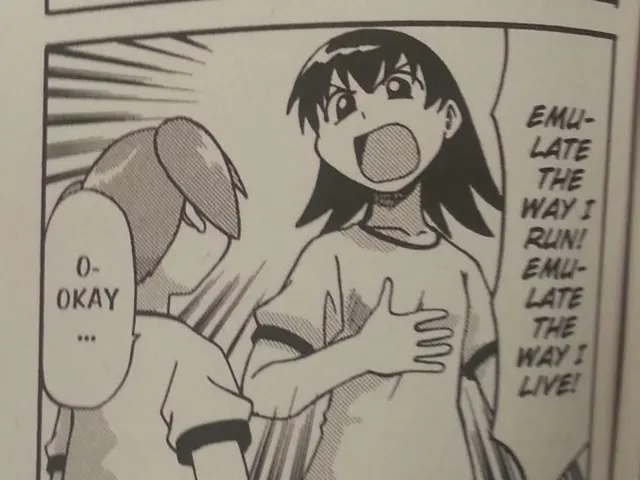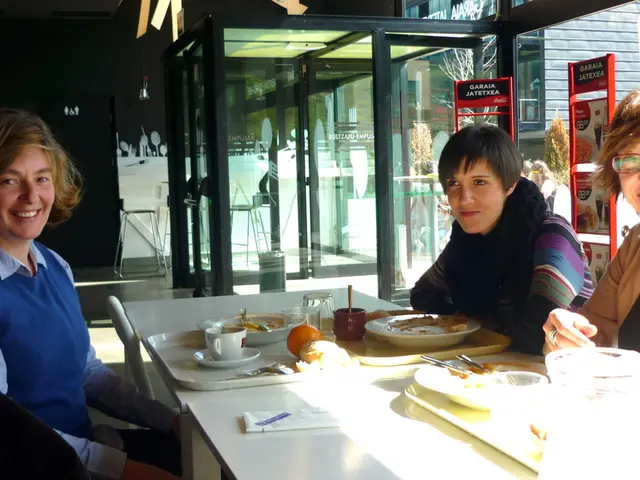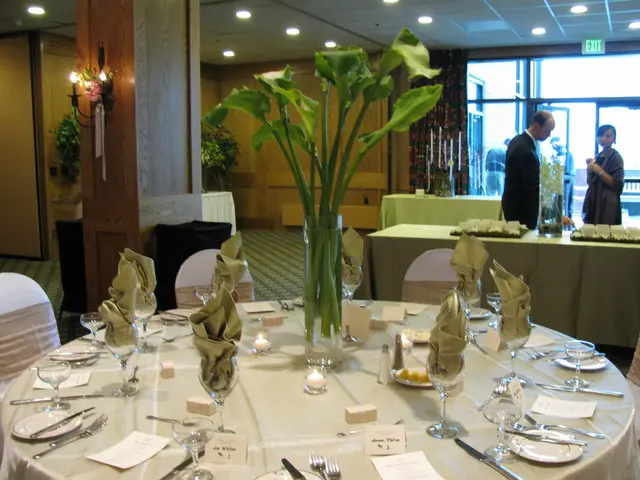Clive Barker's Weaveworld: An Abridged Synopsis
In the realm of fantasy and horror, Clive Barker's novel "Weaveworld" stands out as a unique tapestry of unity and division, reality and the fantastical. This intricate story, set within a magical realm hidden within a tapestry, invites readers to contemplate a multifaceted universe where the line between terror and wonder is elegantly blurred.
The narrative unfolds in a methodical yet engaging manner, building momentum and maintaining suspense. At its heart, the story revolves around Calhoun Mooney, who discovers a mystical tapestry, and Suzanna Parrish, who share an unexpected kinship with the hidden world. Calhoun Mooney, the reluctant hero, undergoes a journey from indecision to determination and sacrifice, providing ample room for emotional arcs and complex character portrayal. Suzanna Parrish, who navigates a complex web of loyalty, legacy, and love, represents strength and vulnerability, making her an exciting focal point for visual storytelling.
Every character in "Weaveworld" interacts with the world around them in unique ways, contributing to the overall narrative fabric. This intricate web of connections reflects themes of destiny, the eternal struggle between chaos and order, and the complexities of good versus evil, identity, and belonging. The villainous ensemble of Immacolata and Shadwell offer dynamic narrative tools due to their distinct desires and dark pasts.
Adapting "Weaveworld" to the screen presents unique challenges, such as maintaining narrative integrity and structuring the narrative for film or television while preserving the novel's depth. Successfully doing so requires retaining the essence of Barker's storytelling style and capitalising on the strength of visual storytelling. Utilising industry tools like Greenlight Coverage can aid in crafting a compelling adaptation.
The imaginative scope of "Weaveworld" requires advanced visual effects to bring its magical realism to life. Engaging Barker, if possible, in the adaptation process aligns the screenplay closely with the original text. The tapestry and the hidden world symbolise unity and division, reality and the fantastical, challenging screenwriters to balance these elements delicately.
The legacy of "Weaveworld" extends into modern culture, influencing works across mediums. Its exploration of themes such as good versus evil, identity, and belonging offers opportunities for complex character motivations and ethical dilemmas, making it a compelling choice for adaptation. The story's central conflict, which involves protecting the hidden world from formidable adversaries, provides a strong foundation for a captivating visual narrative.
In conclusion, adapting "Weaveworld" is a challenging but rewarding endeavour. With careful consideration of the novel's intricacies, a faithful adaptation could bring the imaginative scope of this unique tale to life, captivating audiences and cementing its place in modern culture.








